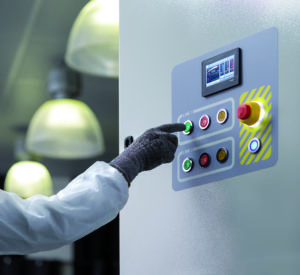In a previous post, I discussed the unprecedented growth of Distributed Generation (DG), Energy Storage (ES), Distributed Energy Resources (DER), and microgrids. In this post, I will cover the challenges imposed by these resources, the benefits they offer, and provide some solutions for optimizing these resources at your Smart Utility.
Impactstra
The growth of DER and microgrids within distribution networks will present some major challenges. Electric networks are designed to operate in the traditional way, i.e., one-way flow of power from generation through transmission to distribution. Introduction of DER and microgrids creates problems like reverse power flows, more complex protection schemes, altered voltage profiles and impacts to system stability. Even locating these new technologies in your network is problematic. For example, how can you make optimal engineering decisions about where to best locate new DER or microgrid sources?
The associated operational and engineering problems of your network can become worse if you lack visibility of the current and future network state. It’s often unclear whether operational issues such as low or high feeder voltages are due to DER devices or normal loading conditions. Such problems can remain undetected until they start to affect customers.
When properly managed, however, these new technologies come with some very positive upsides.
Benefits
When intelligently implemented and controlled, DER and microgrid technology can provide benefits to any distribution network. These include the enhancement of a local grid’s reliability and the avoidance of losses in transmission and distribution.
They can also flatten load profiles. By charging at night and discharging during the day, ES mechanisms offer smaller nighttime valleys and reduced daytime peaks.
Further, DER and microgrids can be considered power sources during peak hours. Think of them as internal, distribution-side, peak-generation units.
Last, these technologies can deliver a continuous power supply even when renewables aren’t producing. ES systems can mitigate sudden injections or drops of power from renewable sources.
Solutions
In a follow-up post, I’ll talk about the best ways to manage the implementation and upkeep of DER and microgrid technologies using Advanced Distribution Management Systems, or ADMS. I’ll also give an example of how these systems can be used to achieve specific goals around incorporating growing DG, DER and microgrid technologies into a distribution network.
If you’d rather not wait for the details, I suggest you view a recent webinar I delivered: Management of Distributed Energy Resources and Microgrids using Advanced DMS or you can read an article I wrote on this topic: Optimizing the Smart Utility.



